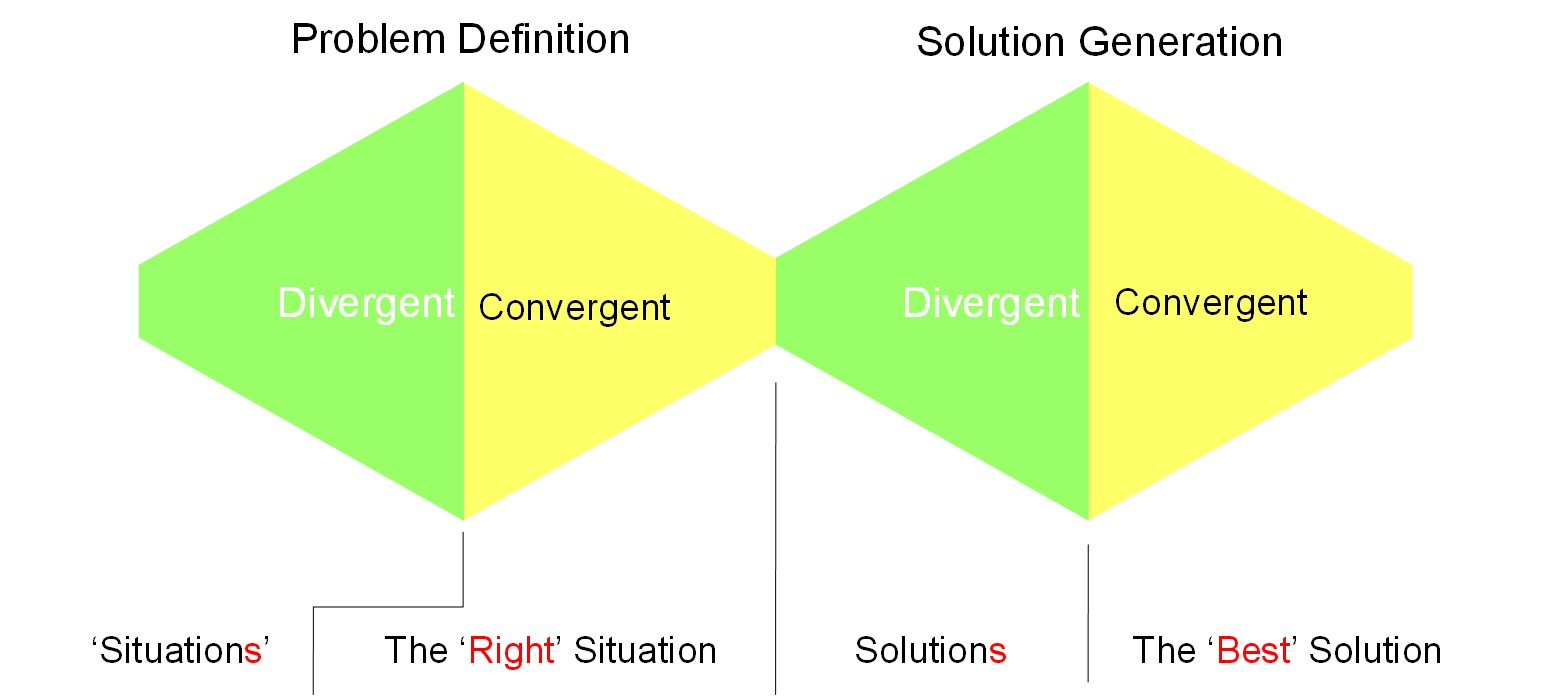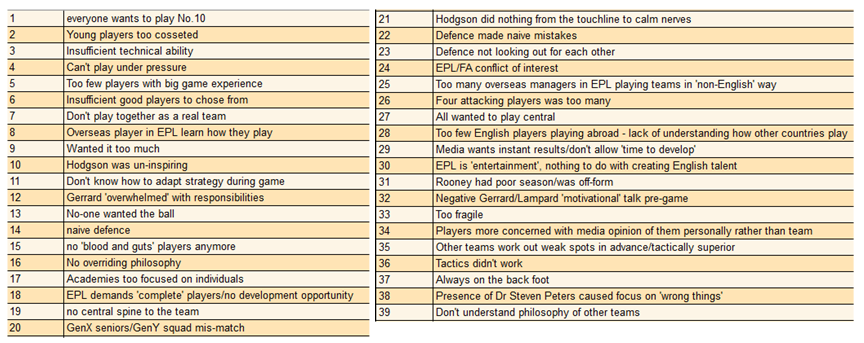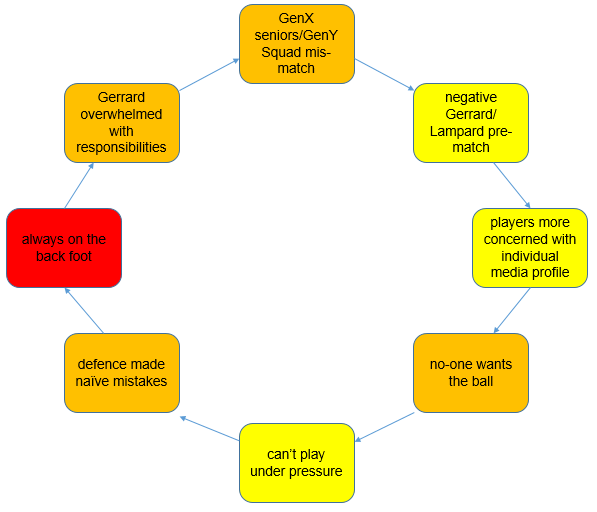It pays to be obvious, especially if you have a reputation for subtlety.
Isaac Asimov
And vice versa.
‘Someone, somewhere already solved your problem’ is one of the main tenets of TRIZ. There are some in and around the TRIZ community that appear to operate under the misapprehension that it is an expression that will encourage everyone to want to use TRIZ. ‘Who wouldn’t want their problems solving?’ they will very rationally argue. And they might have a point, if it weren’t for the fact that it’s rarely the rational argument that carries the day in any walk of life. The glaring absence of TRIZ use around the world is probably as good a piece of evidence to illustrate precisely how rare.
Tell some people that someone, somewhere already solved their problem and they’re not going to look at you with a smile on their face. You’ve just created an unhappy person. Someone who’s not going to be giving you a call wanting to know more any time soon. In extreme cases, you might just have created a person who has every incentive to make sure no-one else in the building hears what you’ve been saying either. Especially their management, who, the unhappy person probably quite rightly surmises, would very much like to know who this other ‘someone, somewhere’ might be.
And, hey presto, we just found ourselves another thorny contradiction: ‘someone, somewhere already solved your problem’ is both a good thing to say and a bad thing to sa y:
y:
Which side of the good/bad divide you find yourself depends on who you’re talking to, and when the words leave your mouth.
In terms of the ‘who’, you can make a fairly safe bet that the person tasked with solving a problem won’t want to hear what you have to say. The person who does want to hear is the person who merely wants the answer. Why would the problem solver not want to save themselves some hard work? Answer: because the work your ‘someone, somewhere’ statement has just questioned is the best part of their job. People love solving problems.
That’s why the newspapers of the world all have a crossword and puzzle section in them. They give us all the opportunity to solve a problem every day. We are Homo Sudoku.
When we use the ‘someone, somewhere…’ expression with a person in problem solving mode, what we’ve just done is pretty much the same as the annoying know-it-all dick looking over your shoulder shouting out the answer to 7 Across.
It’s not what you want to hear right now, thank you very much.
The only time you want to hear what 7 Across is, is just before tomorrow’s paper arrives. Only then can you admit defeat, because only then do you see you’ve also just been given a whole new problem to work on.
Actually, that’s not quite true. If you look at what a lot of crossword puzzle solvers do (I’ve visited Gemba!) when the tension of not-knowing 7 Across has reached a threshold level of agony is they’ve gone and had a sneaky peek in their dictionary. Or on Google. And rest assured, it will be a sneaky, highly covert operation. Having to admit you needed help to solve a puzzle rarely feels good to most people. And if you do find yourself in the position of needing some help, far easier to admit that need to a computer than to another person.
Which might just be another clue to the problem of knowing if or when to come out with your smart-aleck ‘someone, somewhere already solved your problem’ introduction to TRIZ. You can use it when:
- You’re talking to the person who wants the answer but won’t be doing any of the solving
- You’re talking to the stuck crossword solver, waiting for today’s newspaper to arrive (with a new problem to work on!)
- You want to wind somebody up or shock them out of some kind of paradigm paralysis (provided you can give them a sneaky, covert get-out-of-jail-free card).
If the situation is not one of those three, you probably shouldn’t let the ‘someone, somewhere’ words leave your lips. And in reality there’s a fair amount of doubt with Option 1 too if you’re the outsider, because the person is in all likelihood going to go ask the person they thought was working on the problem what they think. Option 1), in other words, is really nothing more than an indirect version of options 2) or 3).
Aagh, damnit, probably easiest to just not use it at all unless you’re absolutely sure what you’re doing. Careful with that axe, Eugene.











